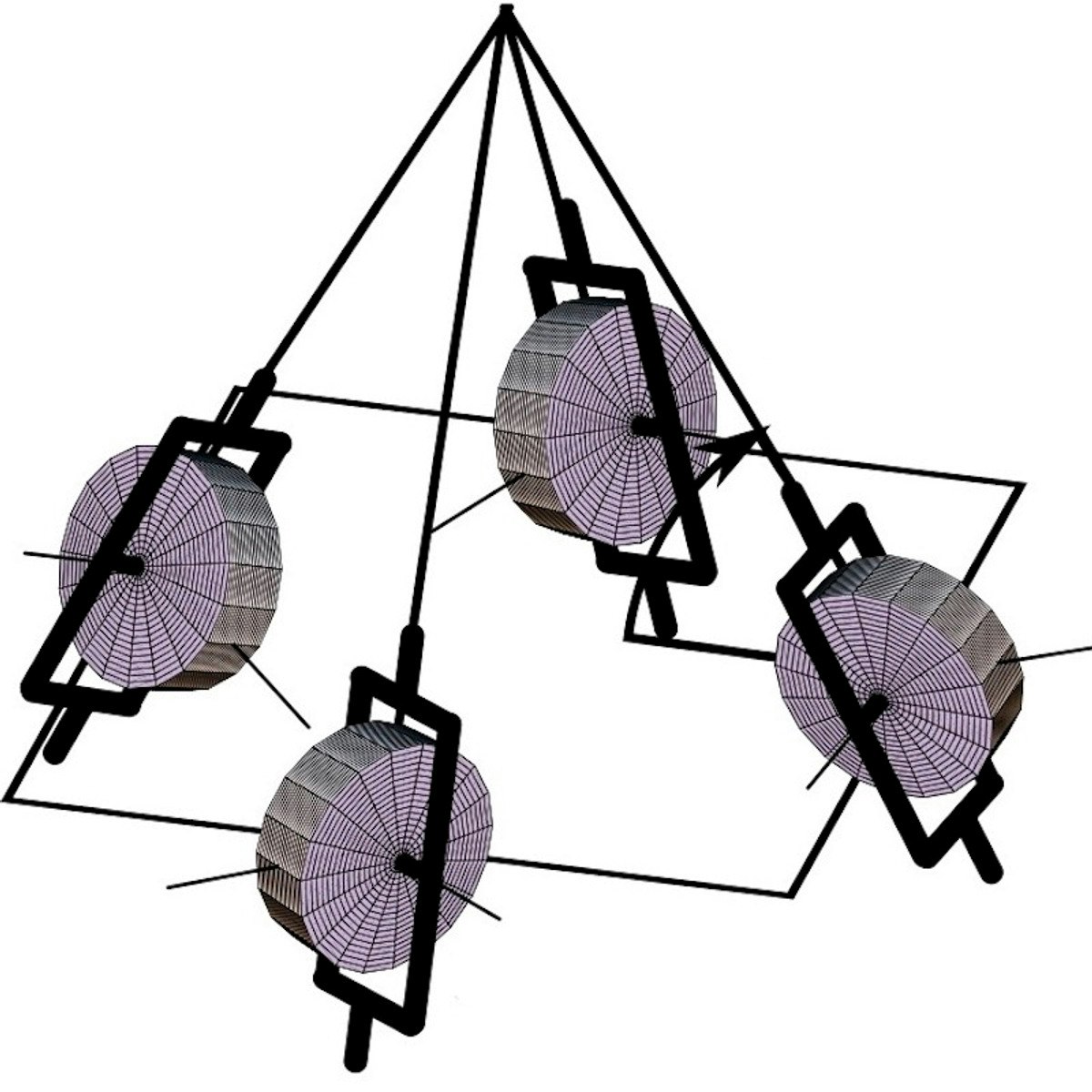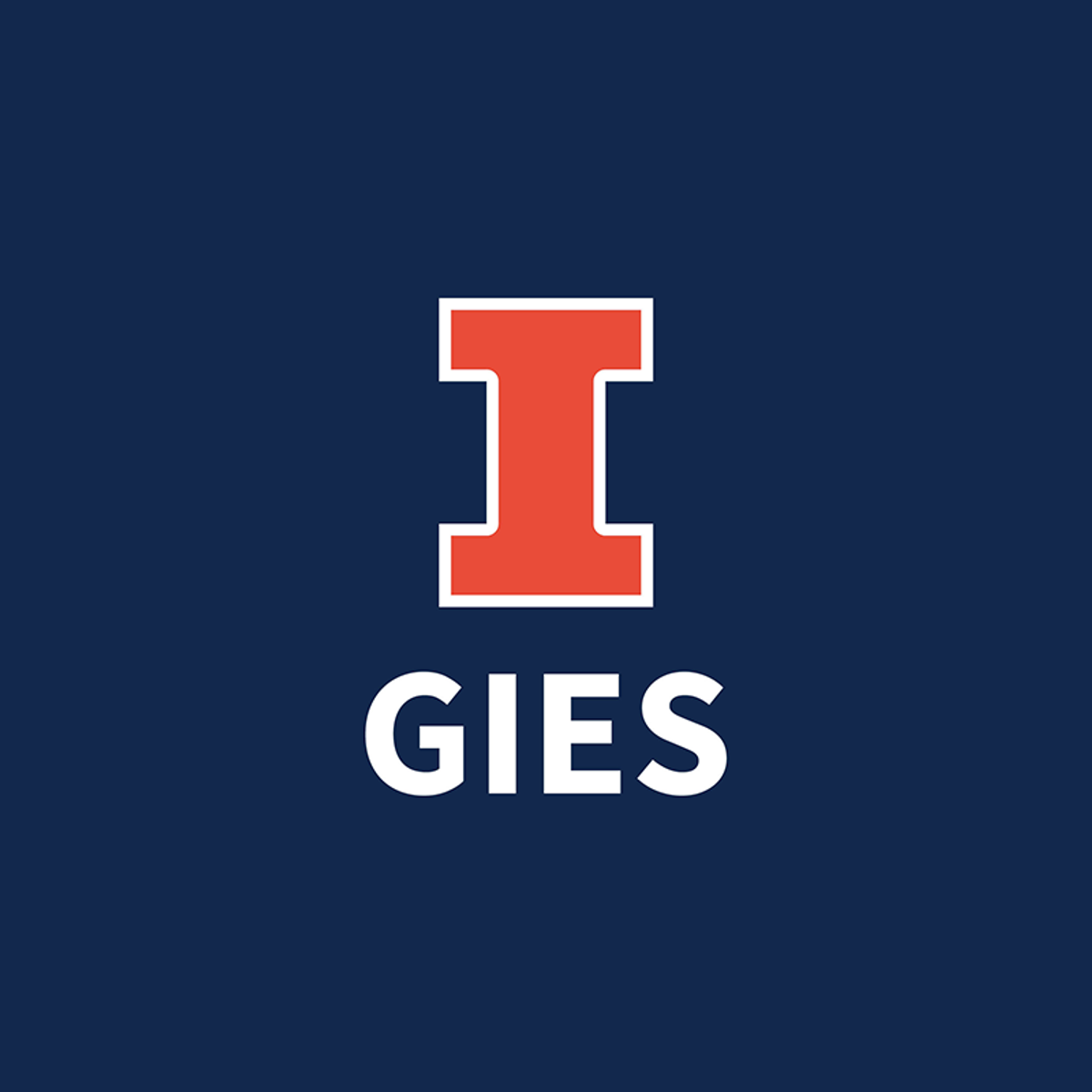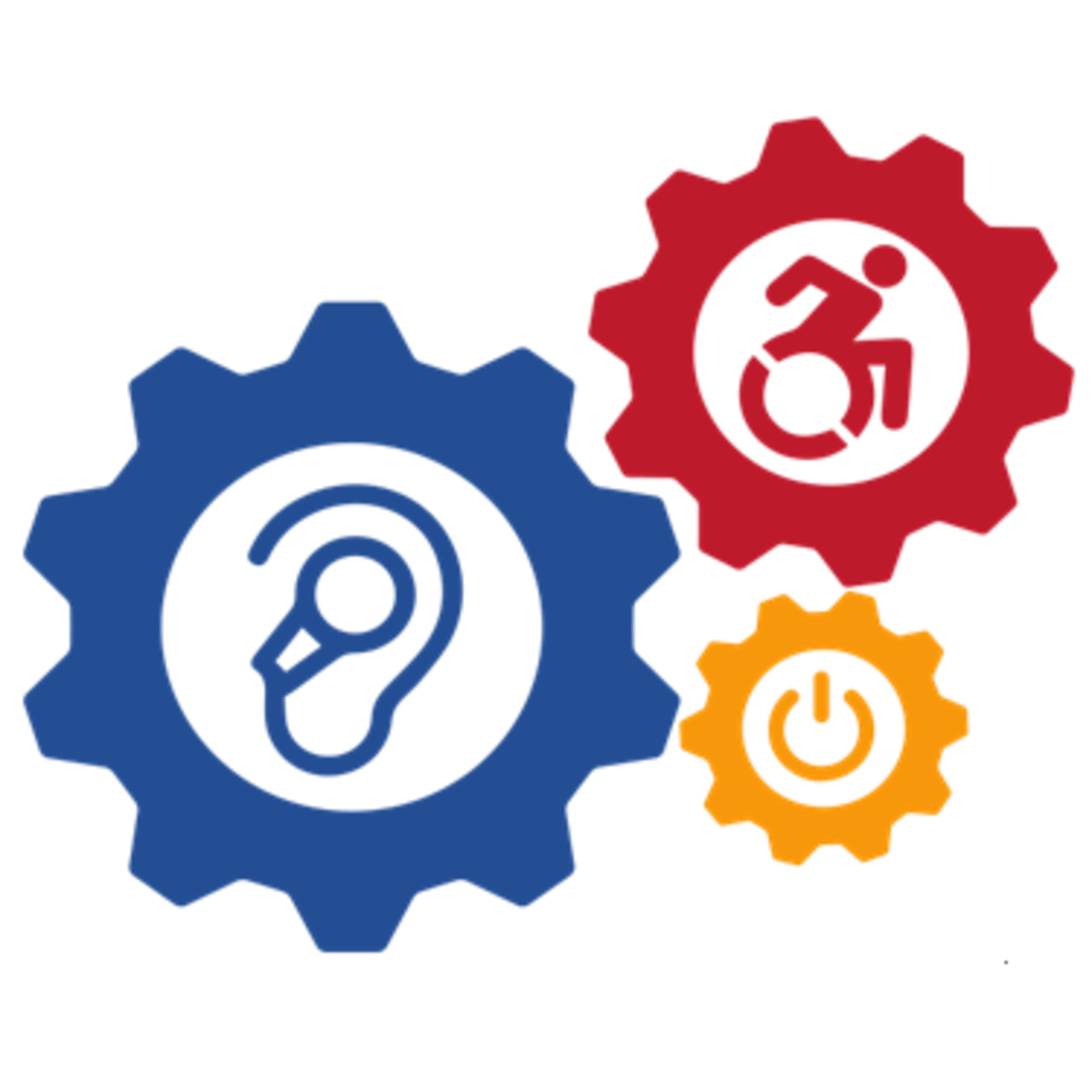Back to Courses









Physical Science And Engineering Courses - Page 17
Showing results 161-170 of 522
Attitude Control with Momentum Exchange Devices
This course is part 1 of the specialization Advanced Spacecraft Dynamics and Control. It is a direct continuation of the Coursera specialization Spacecraft Dynamics and Control. This first course focuses on nonlinear attitude feedback control using a range of angular momentum devices. The course provides a comprehensive review of prerequisite material. Next it develops equations of motion of a spacecraft with momentum exchange devices such as reaction wheels (RWs), control momentum gyroscopes (CMGs) and variable speed control moment gyroscopes (VSCMGs).
The course discusses developing a complex spacecraft simulation with a number VSCMGs and how to approach debugging such complex software. The use of the work/energy theorem is discussed to assist with debugging the simulation by validating angular momentum, energy, changes in momentum and mechanical power.
Further, the use of null motion is explored to reconfigure the attitude control devices to avoid singularities and gimbal lock. The redundancy is exploited to seek control solutions that avoid classical CMG singularities.

Manipulating basic laws of mechanics using wolfram notebook
Mechanics is one the most important subject in physics. You will learn many concepts and key points under mechanics title those will also be used in other subjects of physics. Mechanics can be defined as the behavior of the particle under any effects. It can be studied under main two topics which are kinematics concerning the motion of the particle and dynamics concerning the causes of motion. Kinematics is one of the two branches of mechanics. It deals with the motion of particles not the causes of the motion. Motion in one dimension in other words linear motion and projectile motion are the subtitles of kinematics they are also called as 1D and 2D kinematics. Dynamics deal with the causes of motion. What makes objects move is our primary concern. Moreover, we give Newton’s law of motion and try to explain causes of motion with these laws. Let’s begin with concepts one by one that will help us in analyzing motion.
In this 1-hour long project-based course, you will be able to- analyze the variables that affect Force as a function, compute newtons second law of motion, Compute the motion of block on an inclined plane, Compute torque, analyze the variables that affect momentum of a body and calculate centripetal acceleration of a body on a circular path.

Fibonacci Numbers and the Golden Ratio
Learn the mathematics behind the Fibonacci numbers, the golden ratio, and how they are related. These topics are not usually taught in a typical math curriculum, yet contain many fascinating results that are still accessible to an advanced high school student.
The course culminates in an explanation of why the Fibonacci numbers appear unexpectedly in nature, such as the number of spirals in the head of a sunflower.
Download the lecture notes:
https://www.math.ust.hk/~machas/fibonacci.pdf
Watch the promotional video:
https://youtu.be/VWXeDFyB1hc

Renewable Energy Projects
Understanding renewable energy technologies is important, but equally important is knowing how to effectively deploy these technologies to provide renewable energy to end-users – the topic of this course. Upon completion of the course, you will understand the development and management of renewable energy projects, large and small, from conception to launch and subsequent operation.
This course will teach you to plan, execute, and operate renewable energy projects such as solar PV plants, wind farms, and geothermal generators. We first describe how to develop a renewable energy feasibility study and make go-no-go project decisions. We then examine project site selection and evaluation of renewable technology alternatives and technology vendors. Next, we review methods for financing and organizing renewable energy projects. The course concludes with an examinations of project construction, operations and maintenance, repowering, and plant decommissioning. These capabilities will round out your understanding of renewable energy uses and deployment – come join us!
Note that this course is the third in a four-course Coursera specialization in Renewable Energy:
1. Renewable Energy Technology Fundamentals
2. Renewable Power Systems
3. Renewable Energy Projects
4. Renewable Energy Futures

Chemical Biology
Chemical biology is a burgeoning field that has rapidly risen to prominence. This surge of interest has been fuelled by chemical biology’s applicability to understanding critical processes in live cells or model organisms in real time. This success has arisen because chemical biology straddles a nexus between chemistry, biology, and physics. Thus, chemical biology can harness rapid chemistry to observe or perturb biological processes, that are in turn reported using physical assays, all in an otherwise unperturbed living entity.
Although its boundaries are endless, the multidisciplinary nature of chemical biology can make the field seem daunting; we beg to differ! Here, we deconstruct chemical biology into its core components, and repackage the material. In the process we build up for each student a practical and theoretical knowledge bank that will set these students on their way to understanding and designing their own chemical biology experiments.
We will discuss fluorescence as a general language used to read out biological phenomena as diverse as protein localization, membrane tension, surface phenomena, and enzyme activity. We will proceed to discuss protein labeling strategies and fusion protein design. Then we will discuss larger and larger scale chemical biology mechanism and screening efforts. Highlights include a large amount of new data, tailored in the lab videos, and a large number of skilled presenters.

Introduction to Embedded Systems Software and Development Environments
Welcome to the Introduction to Embedded Systems Software and Development Environments. This course is focused on giving you real world coding experience and hands on project work with ARM based Microcontrollers. You will learn how to implement software configuration management and develop embedded software applications. Course assignments include creating a build system using the GNU Toolchain GCC, using Git version control, and developing software in Linux on a Virtual Machine. The course concludes with a project where you will create your own build system and firmware that can manipulate memory.
The second course in this 2 course series , Embedded Software and Hardware Architecture, will use hardware tools to program and debug microcontrollers with bare-metal firmware. Using a Texas Instruments MSP432 Development Kit, you will configure a variety of peripherals, write numerous programs, and see your work execute on your own embedded platform!
3D Printing Capstone
The capstone will integrate the learning acquired from the four courses in the 3D Printing Specialization through a hands-on project. This project will enable you to turn an idea into an object using the knowledge and skills acquired through the other courses. Specifically, you will be guided through a step-by-step process in which you imagine, design, make, and share a 3D printed object. Thus, through this capstone, you will be able to put course concepts into action and utilize the skills that you have acquired throughout the Specialization. In addition, you will be able to obtain an actual 3D print of the object you design at a discounted price through our corporate partners, 3D Hubs and Shapeways.
If you enjoy this business course and are interested in an MBA, consider applying to the iMBA, a flexible, fully-accredited online MBA at an incredibly competitive price offered by the University of Illinois. For more information, please see the Resource page in this course and onlinemba.illinois.edu.

Internet of Things: Multimedia Technologies
Content is an eminent example of the features that contributed to the success of wireless Internet. Mobile platforms such as the Snapdragon™ processor have special hardware and software capabilities to make acquisition, processing and rendering of multimedia content efficient and cost-effective.
In this course, you will learn the principles of video and audio codecs used for media content in iTunes, Google Play, YouTube, Netflix, etc. You will learn the file formats and codec settings for optimizing quality and media bandwidth and apply them in developing a basic media player application.
Learning Goals: After completing this course, you will be able to:
1. Explain the tradeoffs between media quality and bandwidth for content delivery.
2. Extract and display metadata from media files.
3. Implement and demonstrate a simple media player application using DragonBoard™ 410c.

Big History - From the Big Bang until Today
Welcome to this Big History course! In this course, renowned scientists and scholars from the University of Amsterdam and beyond will take you on a journey from the Big Bang until today while addressing key questions in their fields. After completing this journey you will have developed a better understanding of how you and everything around you became the way they are today. You will also have gained an understanding of the underlying mechanisms that have helped shape the history of everything and how they wil help shape the future. Last but not least, you will have developed the skill to use this knowledge to put smaller subjects into a bigger perspective with the aid of the little big history approach, which can help you develop some new ideas on these smaller subjects.
idea 2 IMPACT: An Introduction to Translating Assistive Health Technologies and Other Products
idea 2 IMPACT (i2I) is an online, 6-week course that will guide you step by step through the experience of developing an innovative and entrepreneurial idea in the area of assistive technology (AT). Each week, you will focus on a stage of the translational process as you work in teams to identify a problem, analyze stakeholders, define a solution, describe its benefits, research the competition, articulate differentiators, and create an action plan.
Popular Internships and Jobs by Categories
Find Jobs & Internships
Browse
© 2024 BoostGrad | All rights reserved